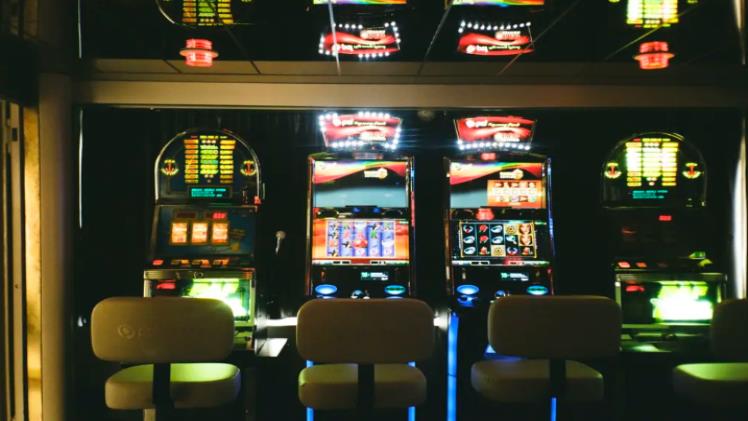The Future of Entertainment: Augmented Reality and Online Color Prediction

As technology continues to evolve, the boundaries between the digital and physical worlds are becoming increasingly blurred. Augmented reality (AR) has emerged as a transformative technology that overlays digital content onto the real world, enhancing our perception and interaction with our environment. In the realm of entertainment, AR is poised to revolutionize the way we experience online activities, including online color prediction. In this article, we explore the potential of augmented reality to transform online color prediction platforms and shape the future of entertainment.
Enhancing User Engagement:
Augmented reality offers a highly immersive and interactive experience that captivates users and enhances their engagement with online color prediction platforms. By overlaying digital content onto the real world, AR enables users to interact with color prediction activities in a more intuitive and tactile manner. For example, users may use gestures or voice commands to place bets, spin virtual wheels, or reveal color outcomes, creating a dynamic and engaging prediction experience.
Creating Immersive Environments:
One of the key advantages of augmented reality is its ability to create immersive virtual environments that seamlessly blend with the real world. In the context of online color prediction, AR can transport users to virtual prediction arenas or casinos, complete with interactive elements, dynamic lighting, and realistic sound effects. Users can explore virtual environments, interact with virtual objects, and experience the thrill of prediction in a visually stunning and immersive setting.
Personalizing Prediction Experiences:
Augmented reality enables online color prediction platforms like lottery 7 to personalize prediction experiences based on users’ preferences, interests, and surroundings. AR applications can analyze users’ behavior, location, and demographic information to tailor prediction activities to their individual preferences and context. For example, users may receive personalized recommendations for prediction markets or events based on their location or past prediction history, enhancing their engagement and satisfaction with the platform.
Facilitating Social Interaction:
AR has the potential to facilitate social interaction and collaboration among users within online color prediction platforms. AR applications can enable users to interact with one another in virtual prediction spaces, engage in multiplayer prediction games or tournaments, and share prediction experiences in real time. By fostering social interaction and collaboration, AR enhances the sense of community and camaraderie within prediction platforms, enriching the overall user experience.
Augmented Reality Devices and Technologies:
The widespread adoption of augmented reality devices and technologies is driving the integration of AR into online color prediction platforms. Devices such as smartphones, tablets, and smart glasses offer AR capabilities that enable users to experience prediction activities in a more immersive and interactive manner. Furthermore, advances in AR software development kits (SDKs) and platforms, such as Apple’s ARKit and Google’s ARCore, are making it easier for developers to create AR applications for online prediction platforms.
Challenges and Considerations:
While augmented reality holds tremendous potential for enhancing online color prediction platforms, several challenges and considerations must be addressed:
- Technical Complexity: Developing AR applications for prediction platforms requires expertise in AR development, computer vision, and 3D graphics programming. Platform operators must invest in skilled developers and resources to create high-quality AR experiences.
- User Adoption: The success of AR-enabled prediction platforms depends on user adoption and acceptance of AR technology. Platform operators must educate users about the benefits of AR and provide intuitive interfaces and user experiences to encourage adoption.
- Privacy and Security: AR applications may collect sensitive user data, such as location information or biometric data, raising concerns about privacy and security. Platform operators must implement robust data protection measures and adhere to privacy regulations to safeguard user information.
Conclusion:
Augmented reality is poised to revolutionize the future of entertainment, including online color prediction. By leveraging AR technology, prediction platforms can create immersive, personalized, and socially interactive experiences that captivate users and enhance their engagement with prediction activities. As AR devices and technologies continue to advance, we can expect to see increasingly innovative and immersive prediction experiences that blur the lines between the digital and physical worlds, shaping the future of entertainment in exciting and unexpected ways.





